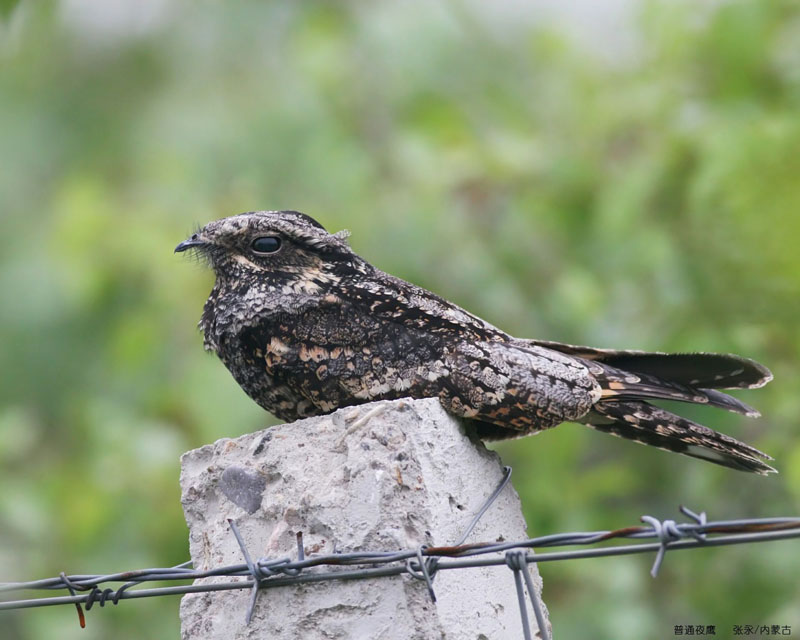Caprimulgus indicus
IUCN
LCBasic Information
Scientific classification
- name:Caprimulgus indicus
- Scientific Name:Caprimulgus indicus,Jungle Nightjar,Nighthawk, mosquito-bird, bark-sticking bird, ghost bird, night swallow
- Outline:Climbing birds
- Family:nighthawks hawks
Vital signs
- length:257-280mm
- Weight:79-110g
- lifetime:8years
Feature
The feather color is very similar to the bark, which helps the animal hide itself and more effectively avoid enemies and catch food.
Distribution and Habitat
In China, it breeds in most areas from East China, South China to Southwest China. It is found in Hainan Island during migration and is a resident bird in southeastern Tibet. Abroad, it is distributed in the Indian subcontinent, Southeast Asia and the Philippines, and migrates south to Indonesia and New Guinea.
Common nighthawks mainly live in broad-leaved forests and mixed coniferous and broad-leaved forests below 3,000 meters above sea level; they also appear in coniferous forests, sparse forests at the edge of forests, shrubs, and bamboo forests and jungles in farmland areas. They roost on the ground or on horizontal branches during the day.
Appearance
It is of medium size, with insect marks all over its body, which makes it a good concealment in the branches and fallen leaves of trees. The male lacks the rusty collar of the long-tailed nightjar, and the outer tail feathers have white markings; the female is similar to the male, but the white spots are leathery yellow. The iris is brown, the beak is black, and the feet are chocolate-colored.
Details
Common nighthawk is a resident bird in Tibet, China, and a summer migratory bird in other places. It moves alone or in pairs. It is nocturnal, and it often crouches on the grass in the forest or lies on the dark tree trunks during the day, hence the name "sticking to the bark". Because its body color is very similar to the color of the tree trunk, it is difficult to find. It only comes out at dusk and at night. It is most active at dusk, constantly circling in the air to hunt. It flies fast and silently, often accompanied by a glide after flapping its wings.

Common nighthawk mainly feeds on insects such as longhorn beetles, forked beetles, beetles, noctuid moths, mosquitoes, and gnats.
The breeding season of the common nighthawk is from May to August. In Changbai Mountain area, it is from June to July. Usually, the nest is built under trees in the forest or on the ground next to bushes. The nest is very simple, in fact, there is no nest, and the eggs are laid directly on the moss on the ground. Each nest lays 2 eggs; the eggs are white or grayish white, with brown spots of varying sizes and irregular shapes, especially more at the blunt end. The egg is oval in shape, 27-33×20-24 mm in size, 31×22 mm on average, and weighs 6.5 grams. The male and female parents incubate the eggs. The incubation period is 16-17 days.

During the breeding period, it often chirps continuously at night and dusk, and its sound is like a continuous and rapid repetition of "chuck" or "tuck".








